Andy Mellor, Regional Vice President, ANZ at Kofax, discusses how intelligent automation is helping transport and logistics (T&L) companies navigate supply chain disruption.
Nothing exposes our vulnerabilities more than an unexpected crisis or disruption. The COVID-19 pandemic wasted no time exposing every crack in Australia’s supply chain, as items we usually took for granted became hot commodities.
While initial scarcities in some goods have abated, Australia’s supply chain is still struggling as the pandemic lingers; according to the ABS, over a third of all businesses experienced supply chain disruptions in February 2022. China’s COVID-zero strategy and recent harsh lockdowns will likely cause further pandemic-related disruption. Other issues globally and locally, including the conflict between Ukraine and Russia and the recent extreme weather and flooding in NSW and QLD, have had a significant impact on the expectations of supply chain recovery. Various products and raw materials are still in short supply, and even when the goods on board are finally unloaded, there’s often a lack of drivers available to deliver them to their final destination.
These events highlight the daily challenges transport and logistics (T&L) companies face. Though the current backlog will continue to subside, T&L companies need to evaluate their ability to survive the next big disruption and thrive in the face of ongoing local and global uncertainty. Embracing intelligent automation is one capability successful T&L providers are leveraging to improve their agility and resiliency — characteristics necessary to overcome any disruption to the supply chain, pandemic-related or otherwise.
Delivering exceptional customer service to ensure retention
Customers were more inclined to understand the shortages and delays in the initial phases of COVID-19, but now, two years on, patience is wearing thin. Clients are less likely to tolerate being kept in the dark. They expect updates on their order status, and they want it to be readily available whenever they inquire. Fortunately, automation gives T&L providers the information they need to provide superior service to customers and mitigate the impact of delays.
For Ron Finemore Transport, a company that operates an extensive logistics network across Australia, swiftly managing the ongoing supply chain issues we’ve experienced in the past two years has been a must. To help ease the impact of delays on customers, the company implemented a new transportation management system (TMS) and telematics solution to offer customers real-time data on truck locations.
However, integrating the two platforms was a complex process; employees were manually updating the TMS with data from the telematics system. Intelligent Robotic Process Automation (RPA) helped overcome the integration challenges. The AI-embedded software bots import the real-time location of each truck into a central data warehouse and match the record to the correct route in the TMS. With intelligent automation, offering customers status updates and visibility became a simple process, helping Ron Finemore Transport weather challenges and retain customers.
Similarly, Davies Turner, an international freight forwarding company and logistics specialist based in the UK, implemented RPA to improve their customer service. They were previously using a manual approach to provide customers with status updates — it took an average of 10-15 minutes to search tracking systems. With the constant shipping delays and backlogs in orders, it was crucial to provide customers with frequent, real-time updates, which was unfeasible with the manual approach. Implementing RPA allowed them to swiftly extract and integrate data from internal and external systems to offer customers timely updates and ensure retention.
Eliminating inefficiencies to boost productivity and reduce costs
Exceptional customer service is a must for T&L operations, especially during periods of unexpected disruption — but so are efficiency and cost savings. The inability to integrate data often results in wasted time and money. The time-consuming, manual process cost Ron Finemore Transport six full-time equivalents (FTEs) per day to integrate their TMS and telematics solution. Intelligent automation made the process more efficient, improving productivity and reducing costs.
The manual work spent on data entry was reduced from six FTEs to half of one FTE per day with automation, representing a 91 per cent improvement in efficiency. Unsurprisingly, they began automating other business processes, such as collecting fuel prices. The company also automated the order acceptance process for one of its biggest customers and boosted its data-quality score from 70 per cent to over 90 per cent in the process, saving five hours of human effort per day. Instead, employees were free to focus on strategic work and improving the customer experience during uncertain times rather than on manual tasks.
Digitising and modernising
There’s a significant volume of paper forms involved in the shipping process — T&L providers can’t control all the delays they face. Still, they can use automation to overcome the paper document bottleneck.
Being able to accurately identify specific documents and process them correctly is vital to speed up the delivery of goods and reduce the impact of supply chain issues. For instance, the proof of delivery (POD) document is a high-volume paper document T&L providers must process. In many cases, PODs are signed and completed using digital scanners, but scanners aren’t available in every location, and some shipments still require a manual signature. In these cases, POD documents must be manually scanned without sacrificing accuracy. Automation steps up as the best solution, offering a digitised end-to-end solution to simplify and expedite processes by replacing wet-ink signing with e-signatures. Intelligent automation uses mobile technology which converts every mobile device into an Enterprise grade digital scanner. For example, it can de-skew images and automatically extract data on the mobile which is then routed to core operational systems via digital workflow.
DB Schenker, a globally integrated logistics services provider, realised the power of automation for POD documents. The company implemented RPA, optical character recognition (OCR), and natural language processing to create digital images of forms, extract the information, and deliver it to various applications. Digitising paper-based delivery processes improved productivity and optimised costs while allowing them to standardise processes, and thanks to RPA, the lead time for updates was 80 per cent faster.
Future-proofing T&L operations
When wielded by transport and logistics providers, intelligent automation is a versatile tool that can help mitigate the challenges presented by local and global disruption and supply chain issues. By improving internal processes, customer service, and efficiency, intelligent automation gives T&L providers the chance to be agile and resilient now and create an operation prepared for the future — and ready to tackle any disruption head-on.






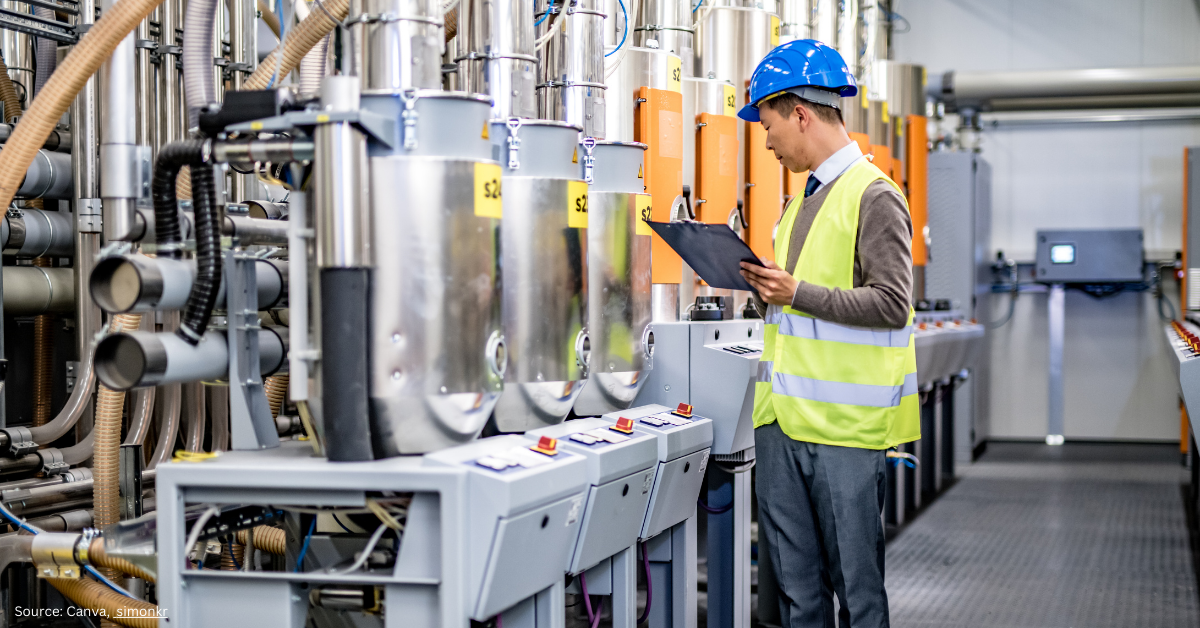




























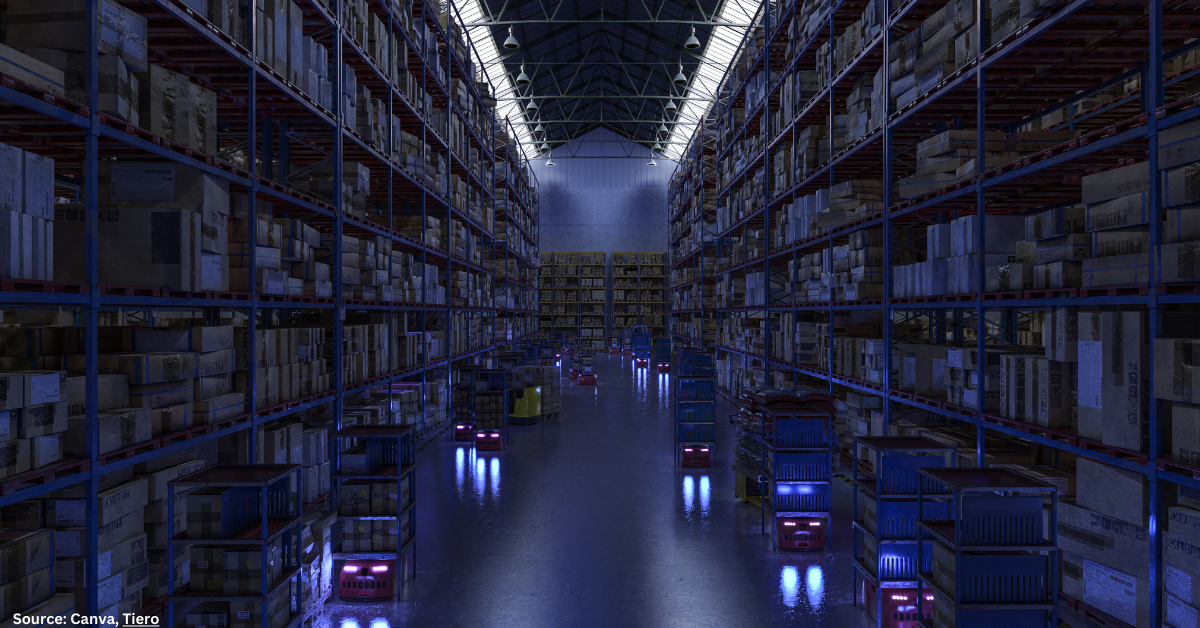
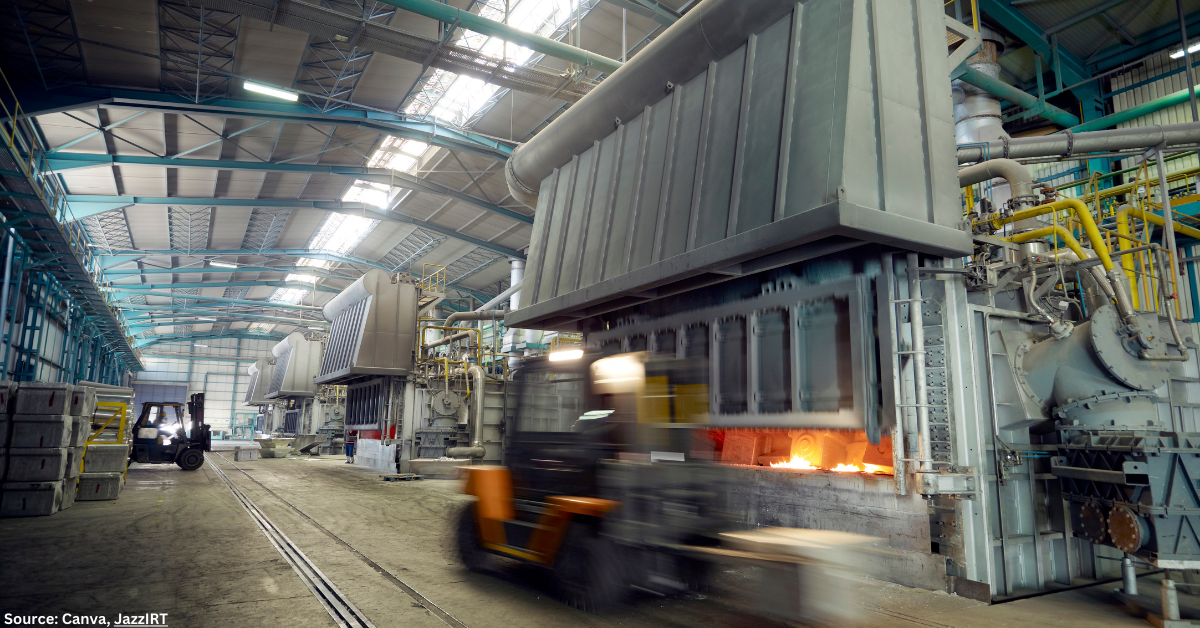
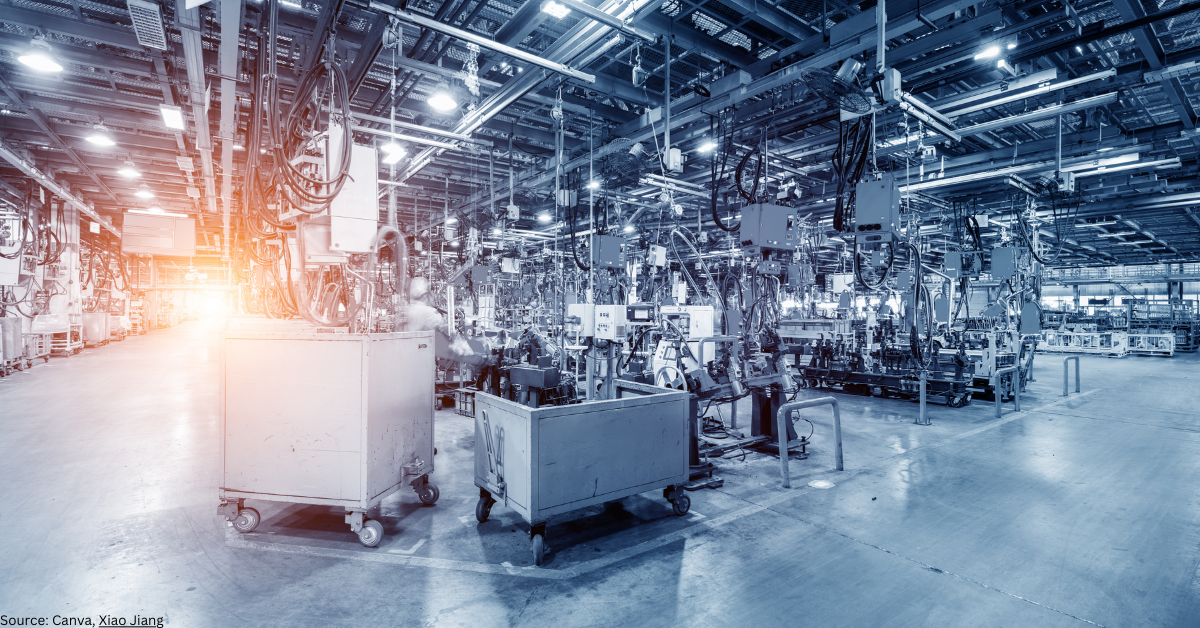
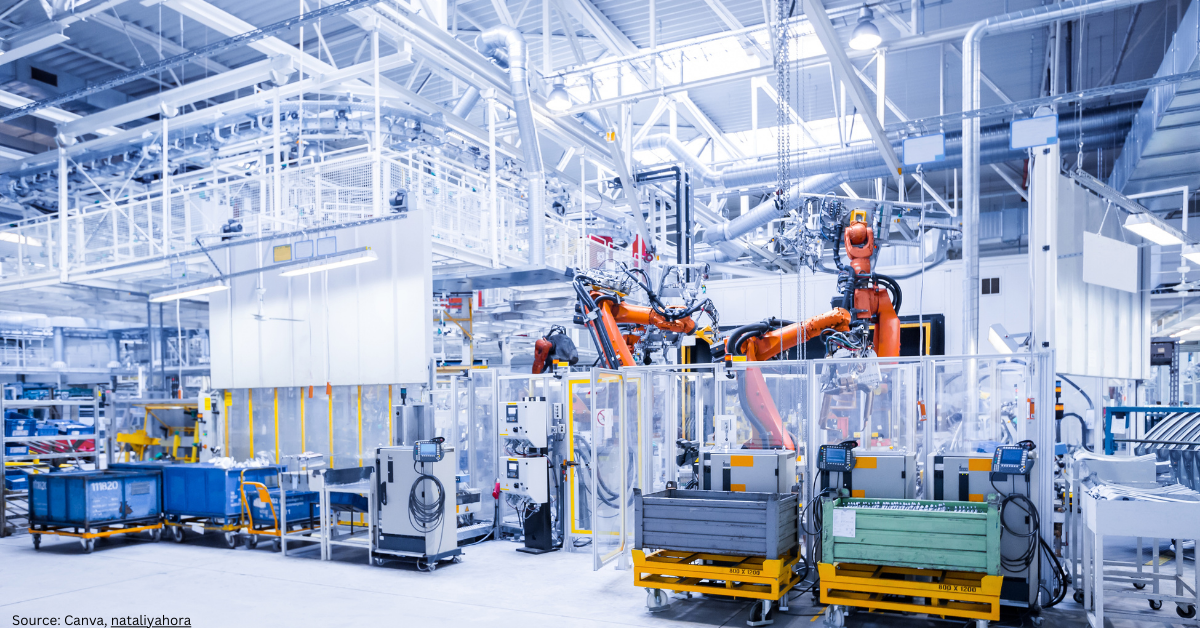







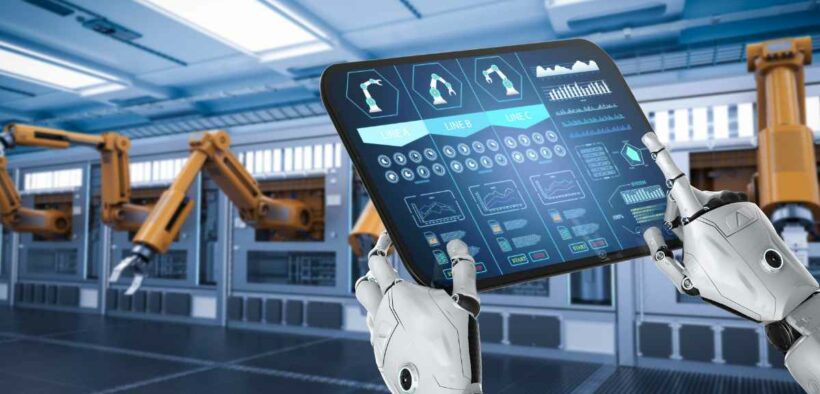







Follow us on social media